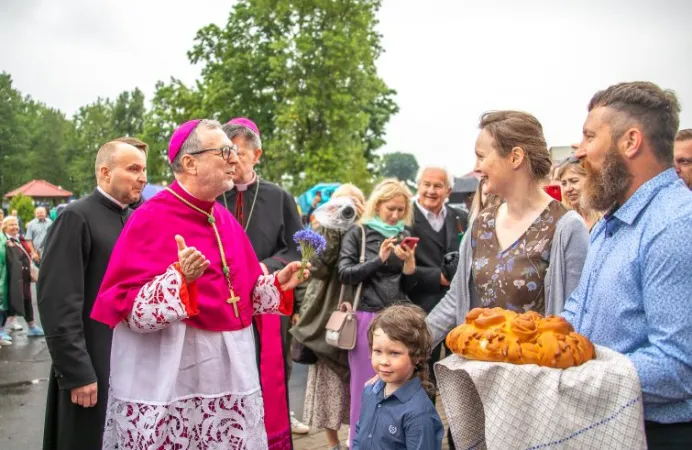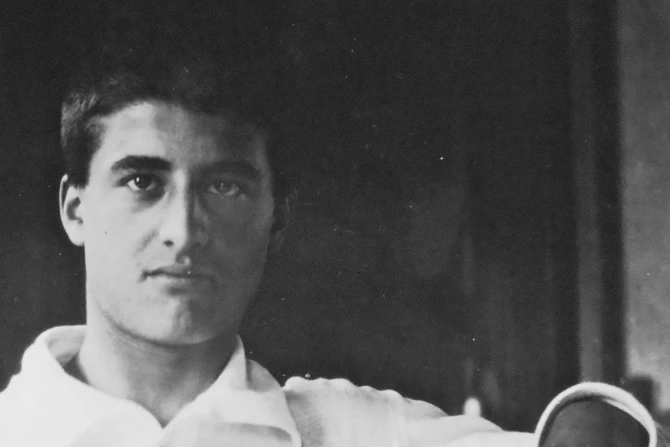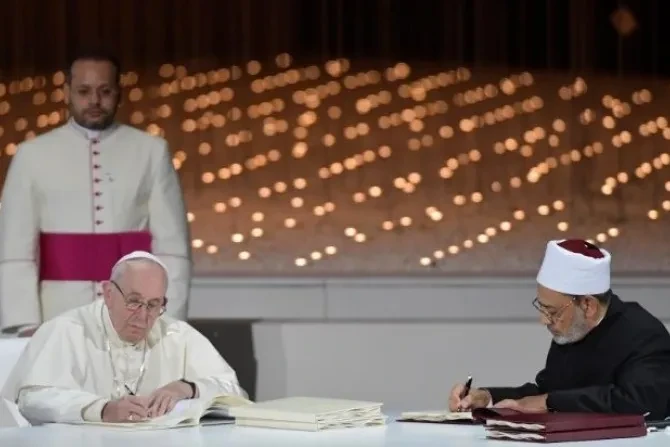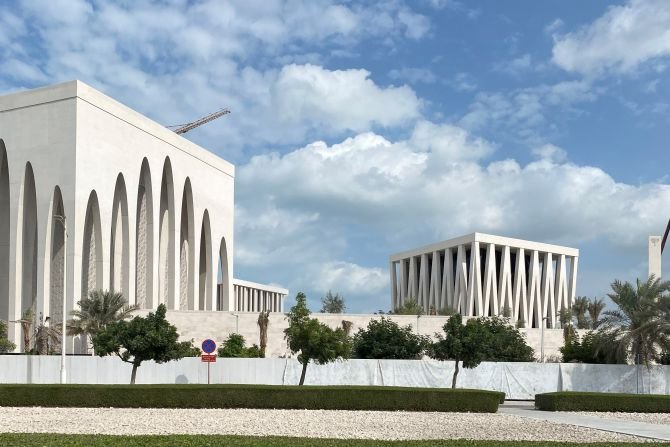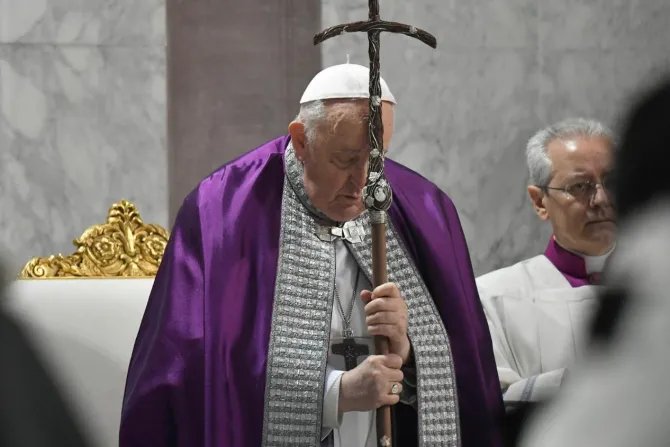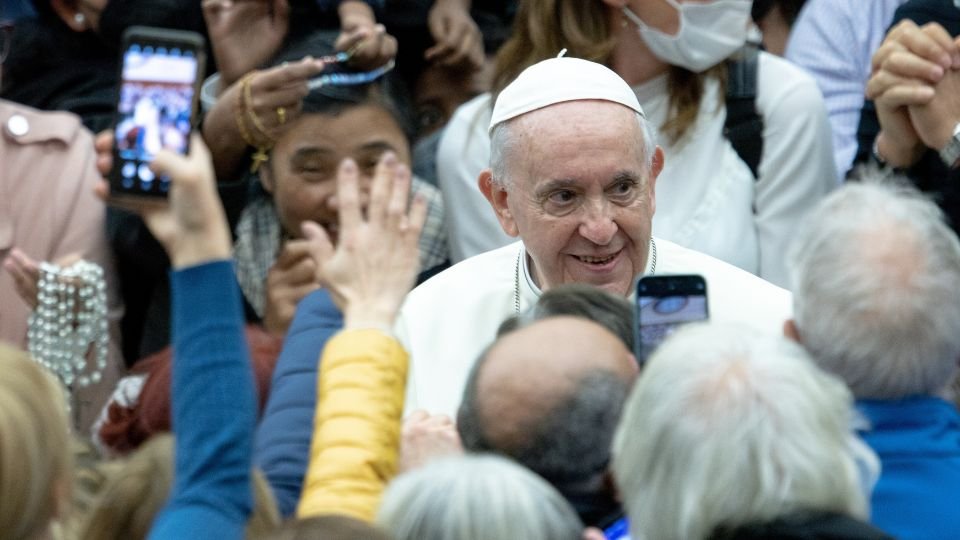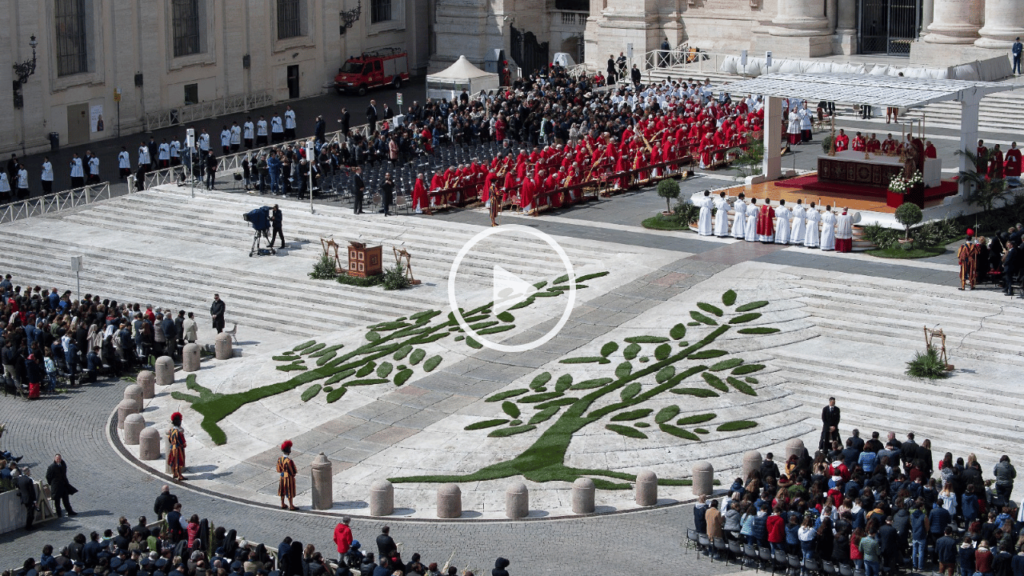Archbishop Claudio Gugerotti, Prefect of the Congregation for the Oriental Churches, was chosen by Pope Francis to represent him in the celebrations of the 25th anniversary of the Madonna of Budslau in Belarus. Little did he know that he would soon be elevated to the rank of cardinal on September 30th. With his deep connection to the land as a former nuncio, Archbishop Gugerotti is revered in Belarus.
During his time as a nuncio, Archbishop Gugerotti embarked on pilgrimages to Budslau. On July 1st of the previous year, he solemnly celebrated Mass at the Budslau sanctuary, where he had first visited as a pilgrim on June 30th. Arriving in Belarus on June 28th, he promptly met with the Catholic bishops of the country.
Upon his arrival on July 1st, Archbishop Gugerotti, accompanied by Archbishop Ante Jozić, the apostolic nuncio, and his special secretary, Father Emmanuel Sabadakh, O.F.M., received a warm welcome from the bishops, the parish priest of Budslau, and a local parishioner’s family. He also held a meeting with Belarusian state authorities, engaging in discussions regarding the reconstruction of the sanctuary, which had suffered from a fire two years prior.
During his homily, Archbishop Gugerotti recounted the coronation of the icon, a momentous event initiated by Pope John Paul II and performed by Cardinal Kazimierz Swiatek. He spoke of Cardinal Swiatek’s unwavering faith and resilience, even in the face of imprisonment, and how Pope John Paul II elevated him to the esteemed rank of cardinal within the Holy Church.
Archbishop Gugerotti conveyed Pope Francis’s greetings and humbly requested prayers for the Holy Father. He shared a touching story from his time as a nuncio, when he delivered a letter from an elderly woman with mobility challenges to Pope Francis. Translated and accompanied by a photo of the Pope reading it, the letter was written in Belarusian and sent to Minsk. After twenty days, Archbishop Gugerotti delivered the translated response to the woman. Her humble reaction questioned why she deserved such an honor, acknowledging her dedication to teaching catechism to children every Sunday for 30 years, knowing the risks involved.
The woman, Yadviga Pasternak, remained in the Pope’s thoughts, even after Archbishop Gugerotti’s subsequent transfers to Ukraine and Great Britain. Upon appointing Archbishop Gugerotti to the Oriental Churches, Pope Francis assured him of Yadviga Pasternak’s protection from heaven.
Archbishop Gugerotti revealed the depth of Pope Francis’s connection to the people of Belarus through Yadviga Pasternak’s story. Every Belarusian woman he encounters reflects her face in his eyes. Curious about her well-being, the Pope asked if she was still alive. Unfortunately, Archbishop Gugerotti could not provide an answer, as he no longer resided in Belarus. Determined to find out, he watched a video Yadviga had sent from the hospital during her final days. In the video, she warmly wished him a Merry Christmas to convey her greetings to the Pope. However, due to her frail condition, she could only read two sentences. Archbishop Gugerotti showed this poignant video to the Pope, featuring a tall nurse in a white cap standing nearby. Sadly, he informed the Holy Father that Yadviga had passed away just days after sending her message. A period of silence followed before the conversation continued.
Expanding on his reflections, Archbishop Gugerotti highlighted the strong identity of Belarusian mothers and grandmothers, demonstrated through their preparation of draniki, a traditional potato-based dish.
In conclusion, Archbishop Gugerotti addressed the Mother of Budslau, hailing her as the Queen of Love. He portrayed her as a humble girl who willingly accepted the challenges presented by God. Her preparation of draniki, nourishing the Son of God throughout His time on Earth, symbolizes the sanctity of the dish. Under the cross, she received her Son’s final breath. Alongside the Apostles, she embraced the victorious Holy Spirit, conquering the world and its afflictions.

